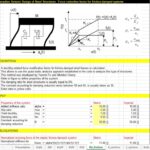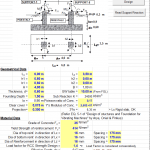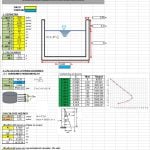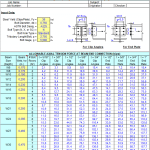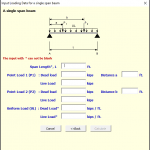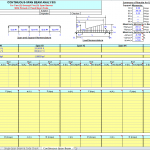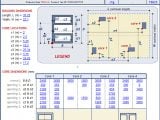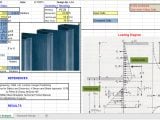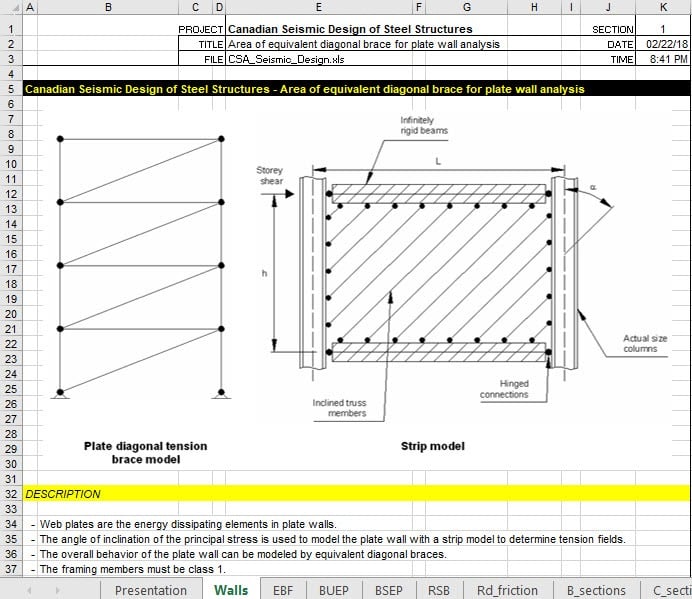
Canadian Seismic Design of Steel Structures
4 December 2018Canadian Seismic Design of Steel Structures
Basic capacity design provisions are given in CSA S16 to ascertain that minimum strength hierarchy exists along the lateral load path such that the intended ductile energy dissipation mechanism is mobilized and the integrity of the structure is maintained under strong ground shaking. In the design process, the yielding components of the SFRS may be oversized compared to the specified design seismic forces, as would be the case when drift limits, minimum member sizes or non-seismic load combinations govern the design. In this case, it is specified both in NBCC 2010 and CSA S16 that the design forces in capacity-protected elements need not exceed those induced by a storey shear determined with RoRd = 1.3. This upper bound essentially corresponds to the elastic seismic force demand reduced by 1.3, recognizing that nonyielding components will likely possess minimum overstrength. This 1.3 reduction factor only applies if the governing failure mode is ductile, and RoRd = 1.0 must be used otherwise.
This file contains formatted spreadsheets to perform the following calculations:
– Section 1: Area of equivalent diagonal brace for plate wall analysis (Walls).
– Section 2: Design of link in eccentrically braced frames (EBF).
– Section 3: Design of Bolted Unstiffened End Plate Connection (BUEP).
– Section 4: Design of Bolted Stiffened End Plate Connection (BSEP).
– Section 5: Design of Reduced Beam Section Connection (RBS).
– Section 6: Force reduction factor for friction-damped systems (Rd_friction).
Additionally, this file contains the following tables:
– Valid beam sections for moment-resisting connections (B_sections).
– Valid column sections for moment-resisting connections (C_sections).
– Valid bolt types for moment-resisting connections (Bolts).
– Database of properties of all sections (Sections Table).

